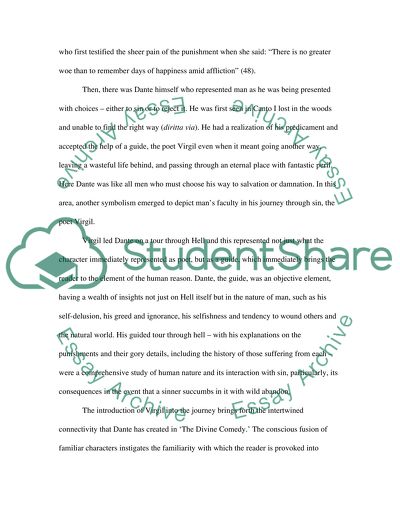Cite this document
(“The Purpose of Dantes Inferno Essay Example | Topics and Well Written Essays - 1500 words”, n.d.)
The Purpose of Dantes Inferno Essay Example | Topics and Well Written Essays - 1500 words. Retrieved from https://studentshare.org/miscellaneous/1570652-the-purpose-of-dantes-inferno
The Purpose of Dantes Inferno Essay Example | Topics and Well Written Essays - 1500 words. Retrieved from https://studentshare.org/miscellaneous/1570652-the-purpose-of-dantes-inferno
(The Purpose of Dantes Inferno Essay Example | Topics and Well Written Essays - 1500 Words)
The Purpose of Dantes Inferno Essay Example | Topics and Well Written Essays - 1500 Words. https://studentshare.org/miscellaneous/1570652-the-purpose-of-dantes-inferno.
The Purpose of Dantes Inferno Essay Example | Topics and Well Written Essays - 1500 Words. https://studentshare.org/miscellaneous/1570652-the-purpose-of-dantes-inferno.
“The Purpose of Dantes Inferno Essay Example | Topics and Well Written Essays - 1500 Words”, n.d. https://studentshare.org/miscellaneous/1570652-the-purpose-of-dantes-inferno.


